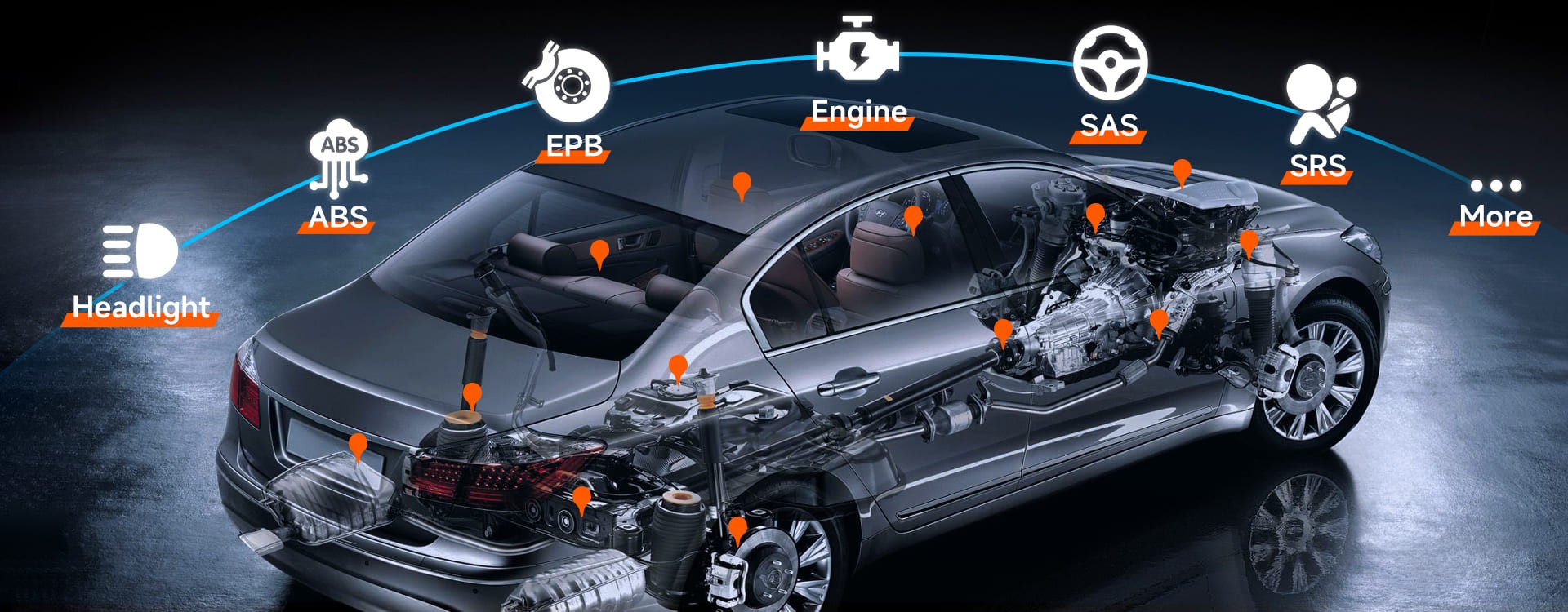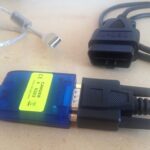OBD2, or On-Board Diagnostics, is a critical system in modern vehicles. But what about HRT in the context of OBD2? In the world of automotive diagnostic tools, HRT stands for Hardware Recovery Technology. This article delves into the meaning of OBD2 HRT and its significance in car repair.
 Car Scanner Functions | Foxwell
Car Scanner Functions | Foxwell
Decoding HRT in OBD2 Scanners
HRT (Hardware Recovery Technology) in OBD2 scanners refers to the ability of the tool to not only diagnose issues but also initiate repairs or recovery procedures for certain hardware components. This goes beyond simply reading diagnostic trouble codes (DTCs). HRT empowers technicians to potentially fix problems directly through the scanner, saving time and potentially reducing repair costs.
How HRT Works in Automotive Diagnostics
Diagnostic tools equipped with HRT can interact with a vehicle’s electronic control unit (ECU) on a deeper level. This allows for actions like resetting modules, recalibrating sensors, and even reflashing firmware in some cases. While HRT cannot fix physical damage, it can address software glitches, corrupted data, and minor electronic malfunctions that might otherwise require component replacement.
The Foxwell GT60, an example of a diagnostic tool with advanced capabilities.
Benefits of HRT in OBD2 Scanners
The integration of HRT into OBD2 scanners offers several key advantages:
- Faster Diagnostics: By offering potential solutions alongside diagnostic information, HRT streamlines the troubleshooting process.
- Reduced Repair Time: The ability to perform repairs directly through the scanner eliminates the need for manual interventions in many scenarios.
- Cost Savings: Resolving issues with HRT can prevent unnecessary component replacements, saving money for both technicians and car owners.
- Improved Efficiency: HRT allows technicians to address more issues in less time, increasing overall workshop efficiency.
Examples of HRT in Action
Imagine a scenario where a faulty sensor is triggering an error code. A traditional OBD2 scanner would only identify the code. A scanner with HRT might be able to reset the sensor, recalibrate it, or even reflash its firmware, potentially resolving the issue without requiring a new sensor.
HRT vs. Traditional OBD2 Scanners
Traditional OBD2 scanners primarily focus on reading and clearing DTCs. They provide information about the problem but offer limited solutions. HRT-equipped scanners, on the other hand, provide both diagnostic information and the capability to initiate repairs, taking automotive diagnostics to the next level.
The Future of HRT in OBD2
As vehicle technology continues to advance, the role of HRT in OBD2 diagnostics is likely to expand. Future iterations might include more sophisticated repair capabilities, broader vehicle system coverage, and even predictive maintenance functionalities.
Conclusion
OBD2 HRT, or Hardware Recovery Technology, signifies a significant advancement in automotive diagnostics. By enabling repair and recovery functions directly through the scanner, HRT empowers technicians to diagnose and resolve issues more efficiently, leading to faster repairs, reduced costs, and increased customer satisfaction.
FAQs
What is the difference between OBD and OBD2?
OBD (On-Board Diagnostics) is a general term for vehicle diagnostic systems. OBD2 is a standardized version introduced in the mid-1990s, providing a universal connector and communication protocol.
What are DTCs?
DTCs (Diagnostic Trouble Codes) are standardized codes that indicate specific malfunctions within a vehicle’s systems. OBD2 scanners read these codes to identify problems.
Do all OBD2 scanners have HRT?
No, HRT is an advanced feature not found in all OBD2 scanners. Typically, higher-end professional-grade tools offer HRT capabilities.
